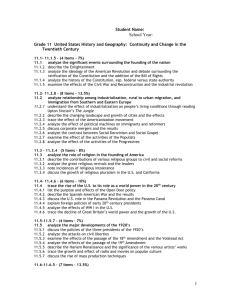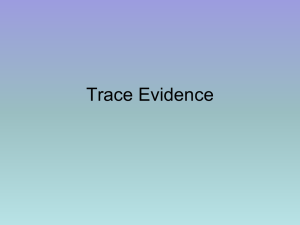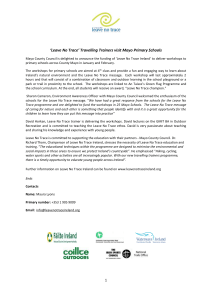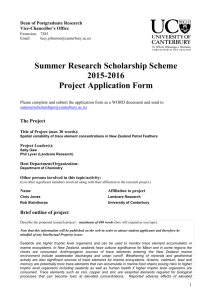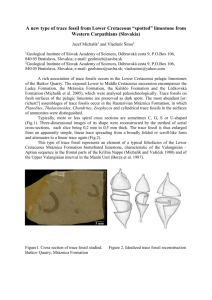How to compute the average variance of a
advertisement
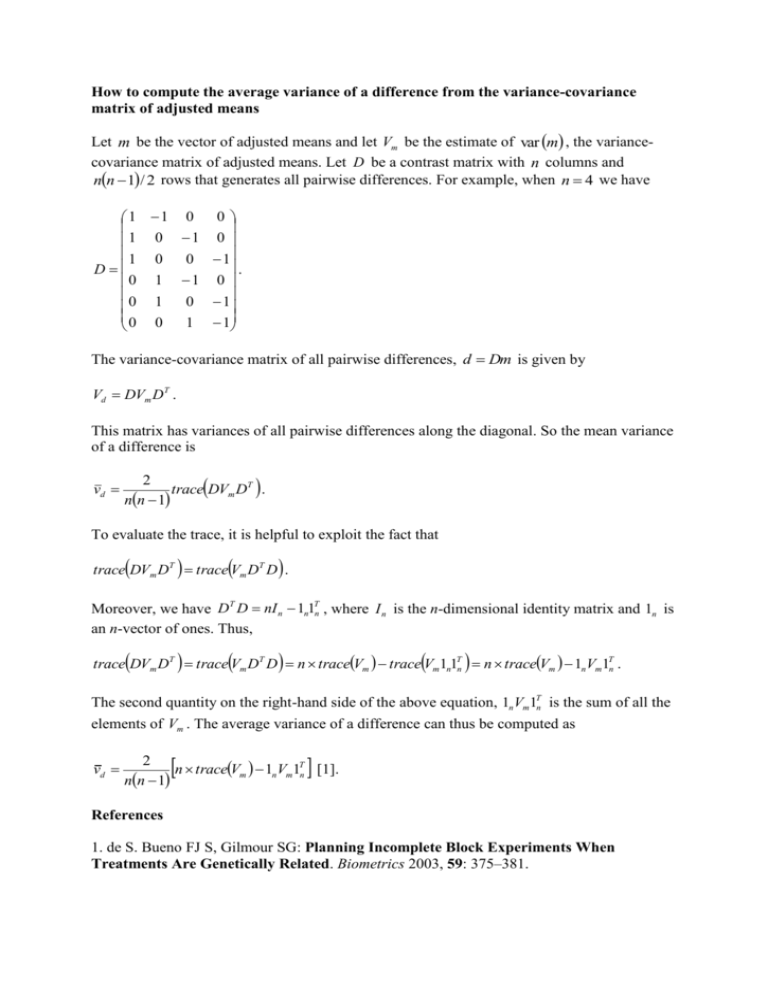
How to compute the average variance of a difference from the variance-covariance matrix of adjusted means Let m be the vector of adjusted means and let Vm be the estimate of var m , the variancecovariance matrix of adjusted means. Let D be a contrast matrix with n columns and nn 1 / 2 rows that generates all pairwise differences. For example, when n 4 we have 1 1 0 0 1 0 1 0 1 0 0 1 . D 0 1 1 0 0 1 0 1 0 0 1 1 The variance-covariance matrix of all pairwise differences, d Dm is given by Vd DVm DT . This matrix has variances of all pairwise differences along the diagonal. So the mean variance of a difference is vd 2 trace DVm DT . nn 1 To evaluate the trace, it is helpful to exploit the fact that trace DVm DT trace Vm DT D . Moreover, we have DT D nI n 1n1Tn , where I n is the n-dimensional identity matrix and 1n is an n-vector of ones. Thus, trace DVm DT trace Vm DT D n traceVm trace Vm1n1Tn n traceVm 1nVm1Tn . The second quantity on the right-hand side of the above equation, 1n Vm1Tn is the sum of all the elements of Vm . The average variance of a difference can thus be computed as vd 2 n traceVm 1nVm1Tn [1]. nn 1 References 1. de S. Bueno FJ S, Gilmour SG: Planning Incomplete Block Experiments When Treatments Are Genetically Related. Biometrics 2003, 59: 375–381.

